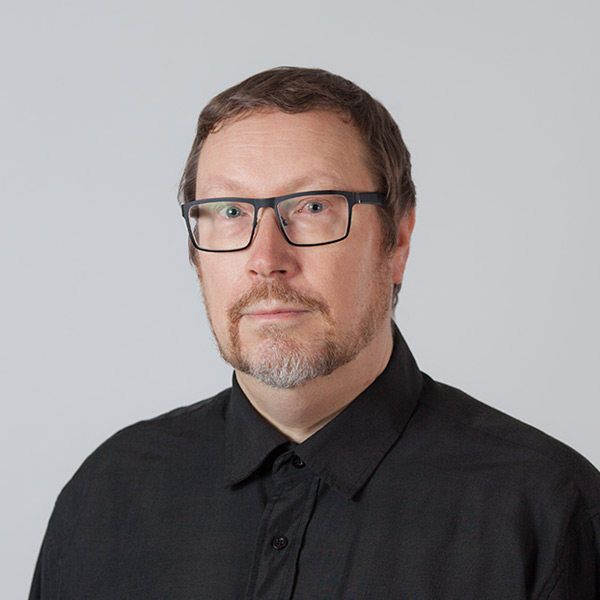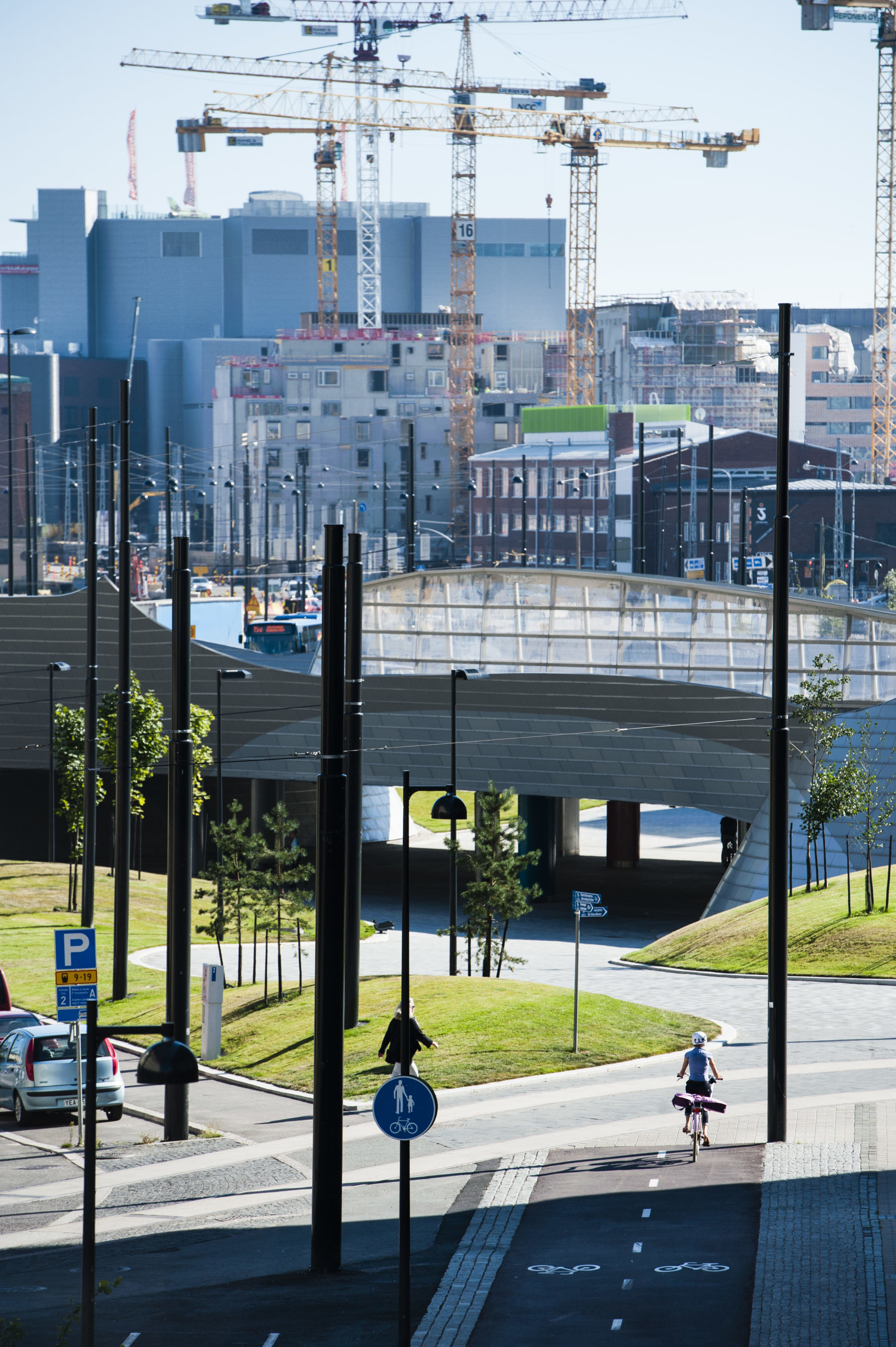The Mobility Urban Values (MUV) project encouraged residents to change their mobility behaviour and make more sustainable mobility choices through illustration and gamification. The project’s influencing methods were co-created with residents. At the same time, the project created tools for both residents and data collection, thus facilitating local-level city planning.
Objective
Among the greatest challenges that cities face today is finding solutions for achieving climate targets. Being one of the largest, sometimes even the largest, source of emissions, traffic is naturally a major focus area for these efforts. In addition to technical solutions and regulation, traffic emissions can be effectively reduced by influencing residents, whose mobility choices have a major impact on the environmental impact of traffic.
Forum Virium’s role in the project was to carry out the pilot in Helsinki and to promote the related participation and interaction in city planning. The key focus areas of these efforts included measuring the living environment and illustrating its spaces to residents. The Helsinki pilot materialised for residents mainly in the form of the MUV game, co-creation and workshops.
Duration, partners and funding
MUV was a three-year project launched in 2017 and funded by the EU’s H2020 programme. The project was coordinated by the Italian PUSH design lab. Helsinki was one of the project’s six European pilot cities, each of which selected one neighbourhood to serve as a testing ground for the related pilots. Helsinki’s pilots were carried out in Jätkäsaari: the city’s foremost test environment for mobility solutions.
Key achievements of the project
The MUV mobile game was used to gather information about air quality and the everyday mobility choices of the people of Jätkäsaari. The new kind of traffic data generated by the users of the game helps understand the choices and routes of the residents’ daily mobility. The project also measured the air quality in Jätkäsaari at measuring stations that were installed on participating residents’ balconies. The data of the MUV game creates perspectives on producing new kinds of traffic data. Both datasets are examples of a new type of data produced by residents that is relevant to traffic and urban planning.
The MUV project has promoted the development of Jätkäsaari as a test platform for new mobility solutions while also promoting a sense of community and local activity.
The MUV project, together with the Six City Strategy’s Last Mile project, played a key role in launching the Living Lab activities in Jätkäsaari, as well as targeting mobility activities in the Jätkäsaari area. The project contributed to the goal defined in the City of Helsinki’s strategy of reducing the climate impact of transport and emissions harmful to residents’ health.
The project showed that new types of traffic data are of interest to urban planners, and residents are excited to produce data to support traffic planning and better air quality.
Benefits for Helsinki
In the project, Forum Virium used gamification to explore the use of crowdsourced data in planning. The City of Helsinki has a strong Participation and Interaction Model and active participation through activities such as the borough liaisons, as well as a great deal of experience in open surveys and opportunities to influence, for example, in connection with land use planning and construction projects. With the exception of various map surveys, this has not involved continuous data collection, especially in the area of traffic. Helsinki is no exception in this matter.
New approaches create new opportunities, and crowdsourced information on mobility can add new dimensions to the work on traffic planning. At the same time, it brings challenges, because the new data is different from what people are used to and they do not know how to make use of it. Furthermore, one-off surveys should be replaced with continuous data production, and there are no clear models of cooperation between the City and residents to achieve this.
The MUV project highlighted a list of individual proposals and a city-specific recommendation for an opening measure. For Helsinki, the recommendation was to increase cooperation between the experts of the City’s participation and citizen information unit, the City’s traffic planners and HSL’s planners.
The MUV project supported the development of Jätkäsaari into a test platform for new mobility solutions while also promoting a sense of community and local activity. The project supports the goal defined in the City of Helsinki’s strategy of reducing the climate impact of transport and emissions harmful to residents’ health.
Project materials
Here is how to make your city smarter with the instructions of the MUV project: MUVigator
Radio Suomi Helsinki 28 June 2019: A mobile game encourages the residents of Helsinki to choose sustainable modes of transport (in Finnish)
MUV – Data on Wheels video:


Further information

Jari Honkonen
#smartcity #smartmobility #userexperience
#servicedesign #openinnovations #sohjoa
Mobile: +358 40 501 4528
jari.honkonen(at)forumvirium.fi
